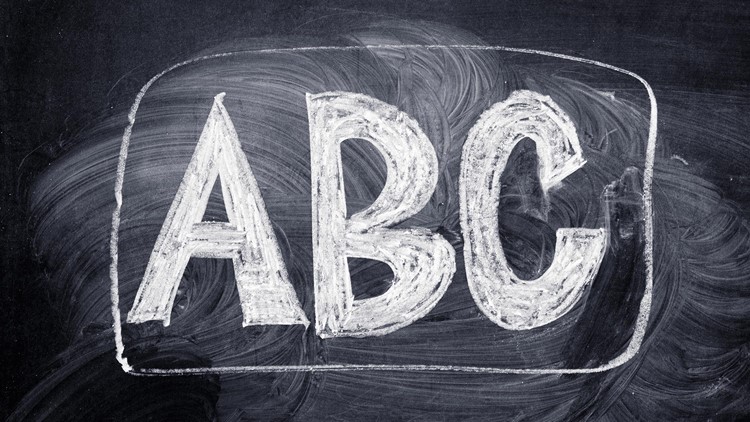The ABCs of Education Tax Credits

“Education's purpose is to replace an empty mind with an open one.” - Malcolm Forbes
Forbes, of course, knew a thing or two about business and taxes. It could be said that we all need to be, well, better educated about education tax credits. So before it’s time to head back to the classroom, let’s take a little refresher course on which tax credits might be best for you.
In general, if you pay for college courses this year, you may get some tax savings on your next federal income tax return – even if you’re studying outside the U.S. But the available credits are different from one another, so choose wisely. For example, both the American Opportunity Tax Credit and the Lifetime Learning Tax Credit may reduce the amount of tax you owe, but only the American Opportunity credit is partially refundable.
So let’s see just what makes these credits different from one another:
American Opportunity Tax Credit – the AOTC is worth up to $2,500 per year for an eligible student. The credit is available for the first four years of higher education, and is the credit of choice for many undergrad students. Forty percent of the AOTC is refundable. That means if you are eligible, you can get up to $1,000 of the credit as a refund – even if you don’t owe any tax.
Lifetime Learning Credit – the LLC is worth up to $2,000 per tax return. There’s no limit to the number of years an eligible student can claim the LLC, making it very popular with graduate students and those going back to college for work-related course work without earning a degree. This credit is not refundable, but it can help reduce your tax liability.
Qualified expenses – these are the types of expenses you paid that are used to figure your credit. They include the costs you paid for tuition, fees and other related expenses. Consider this from the IRS fact sheet on education tax credits:
“Qualified expenses are amounts paid for tuition, fees and other related expense for an eligible student that are required for enrollment or attendance at an eligible educational institution. You must pay the expenses for an academic period that starts during the tax year or the first three months of the next tax year. Eligible expenses also include student activity fees you are required to pay to enroll or attend the school.”
Eligible education institution – this generally means a school that offers education beyond the high school level. This includes most colleges and universities. Vocational schools or other postsecondary schools may also qualify. If you aren’t sure if your school is eligible, ask school administrators if it is an eligible educational institution, or see if your school is on the U.S. Department of Education’s Accreditation database.
Form 1098-T – In most cases, taxpayers will get a Form 1098-T, Tuition Statement, in the mail by February 1. This form reports your qualified expenses to you and the IRS. The amounts shown on the 1098-T may be either the amount you paid for qualified tuition and related expenses, or the amount your school billed for qualified tuition and related expenses. That means the amounts shown on the form may be different from the amounts you actually paid. Remember the amount that can be claimed has to be the amount that was paid by the taxpayer – not what was billed by the institution.
Income limits – education tax credits are subject to income limitations; they can be reduced or even eliminated based on your income.
And finally, to see if you or your student are eligible to claim education credits, visit the IRS Interactive Tax Assistant tool on IRS.gov.



